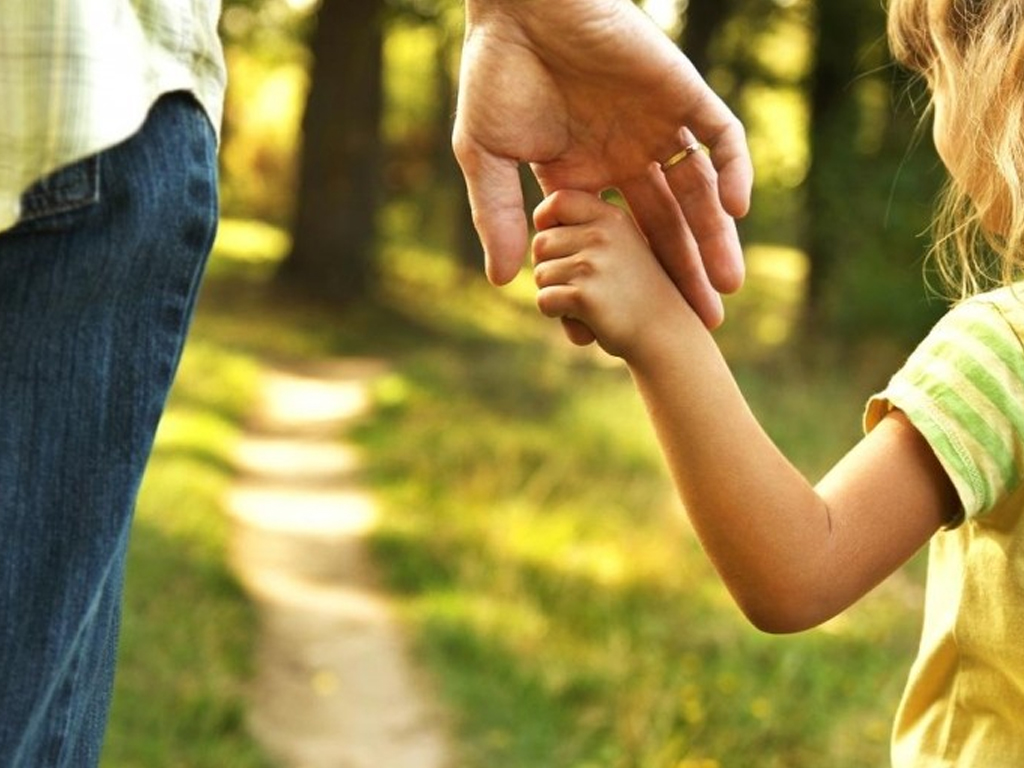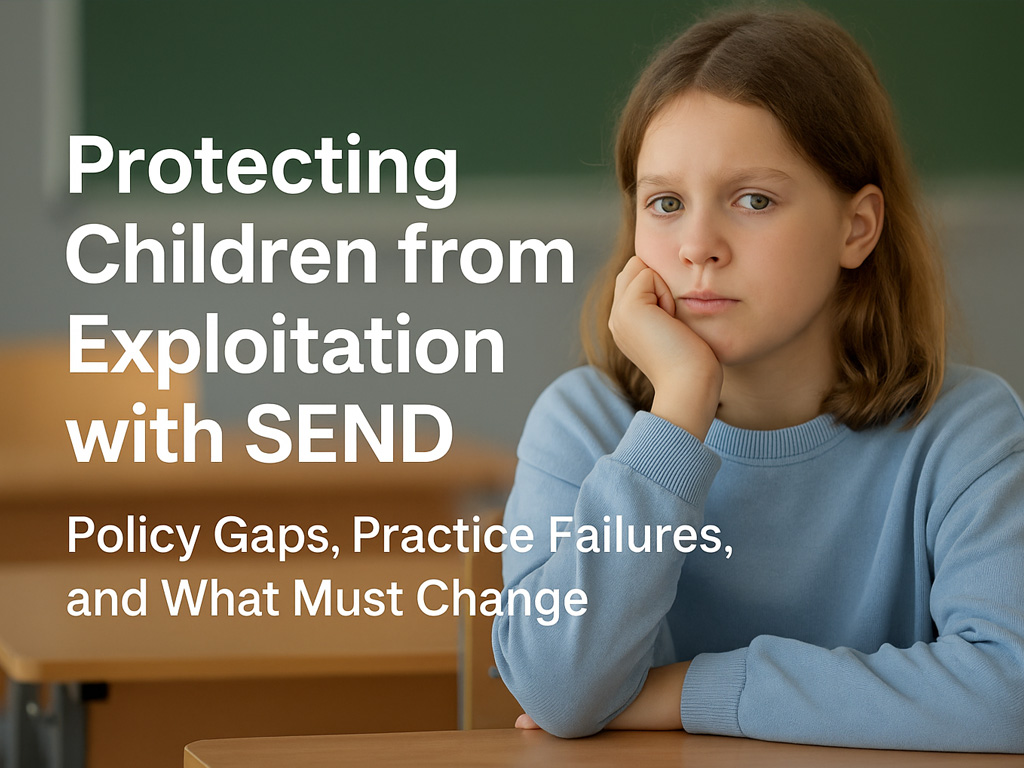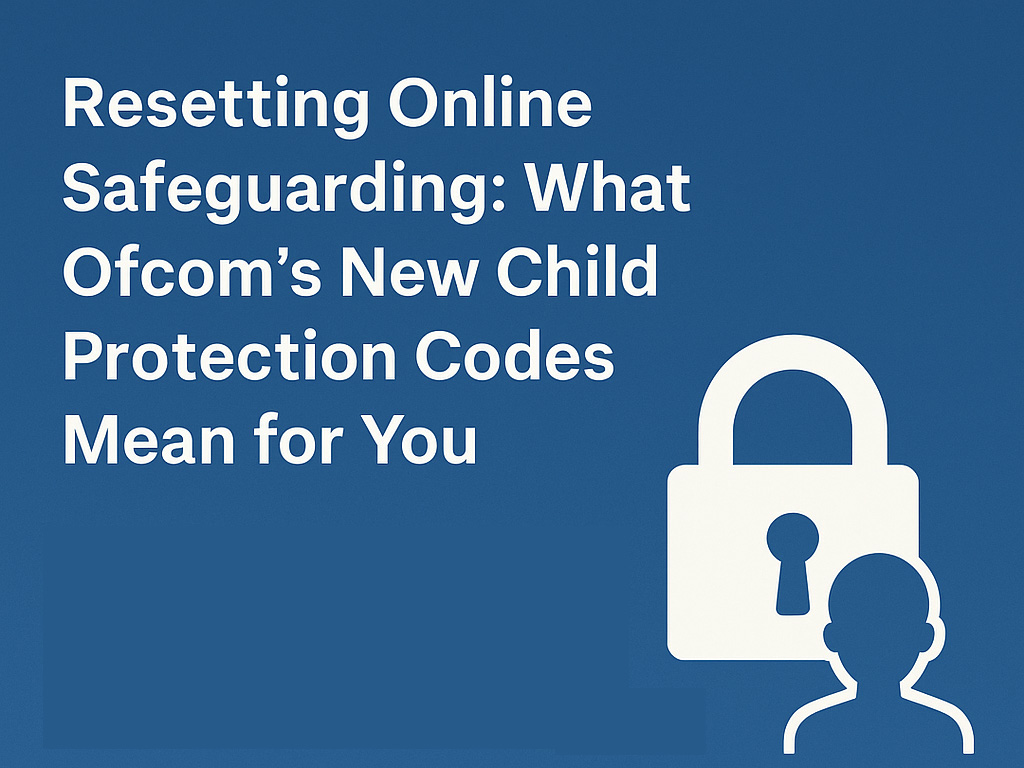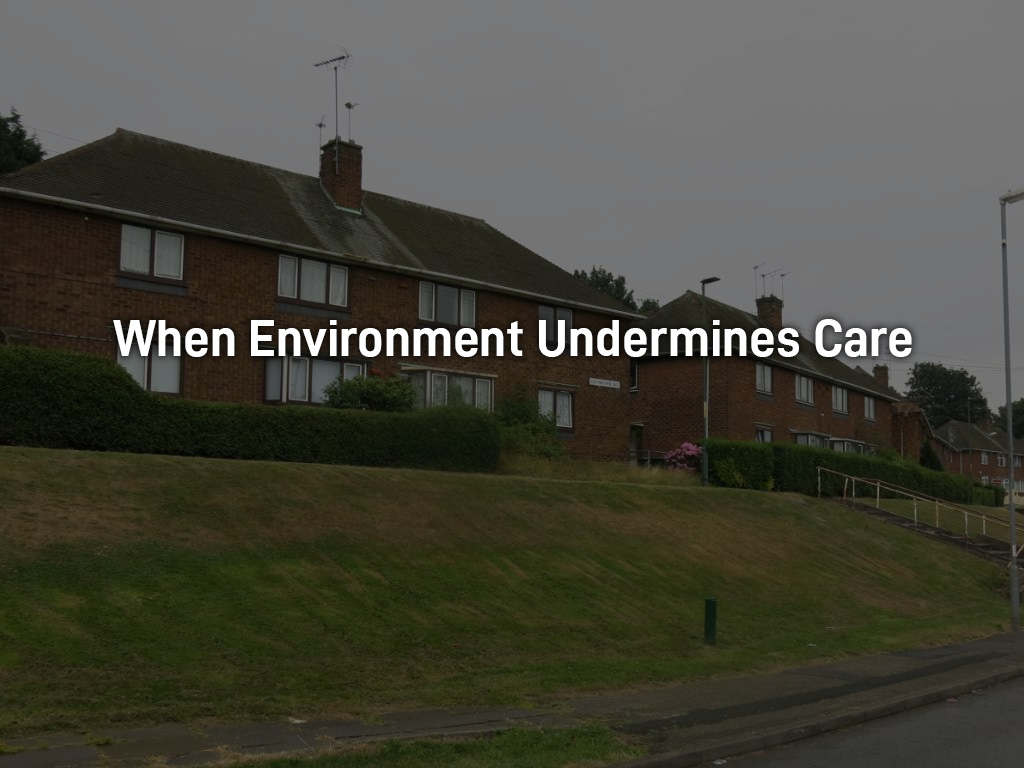
Top 5 Signs of Vulnerability in Children and Adults: What Every Professional Should Know
Whether working in education, care, healthcare, or community services, understanding how to identify vulnerability is essential to safeguarding those at risk. Vulnerability can manifest differently in children and adults, but the signs are often subtle—easily missed without the right training and awareness. Recognising these indicators early allows professionals to intervene with compassion, precision, and effectiveness. One of the most common signs of vulnerability is social withdrawal. A once-active child who becomes unusually quiet, or an adult who disengages from social or workplace activities, may be silently struggling. Isolation can be a coping mechanism for trauma, fear, or shame—often linked to experiences of neglect, abuse, or exploitation. Spotting this early can prompt supportive conversations and prevent further harm. Sudden changes in behaviour—such as aggression, fearfulness, or defiance—can signal underlying distress. In children, this might present as tantrums or extreme clinginess. In adults, it could be irritability, avoidance, or unusual risk-taking. These shifts are often rooted in emotional or physical discomfort and may point to environmental stressors or abuse that require attention. Visible signs such as bruises, burns, poor hygiene, or significant weight fluctuations should never be overlooked. While not always evidence of abuse, these indicators can suggest neglect, self-harm, or an unsafe environment. Professionals are encouraged to approach these observations with sensitivity and to follow safeguarding procedures when concerns arise. Fear of speaking out is common among individuals who have experienced trauma or feel unsafe. This might manifest as vague responses, avoidance of eye contact, or rehearsed-sounding explanations for injuries or behaviour. Creating a safe, non-judgemental space for dialogue can help vulnerable individuals feel seen and heard—laying the foundation for trust and eventual disclosure. Excessive friendliness with strangers or extreme compliance with authority figures can sometimes be signs of grooming, manipulation, or past trauma. In children, this may suggest a need for boundaries or protection. In adults, it may indicate exploitation or coercion. Understanding these behaviours in context is vital for assessing risk and ensuring appropriate intervention. Spotting signs of vulnerability is only the beginning. Professionals must also feel confident in how to respond—knowing when to escalate concerns, how to document observations, and where to access further support. At SLC Training UK, we provide comprehensive safeguarding courses that equip individuals with the knowledge and skills to protect those most at risk. Every child and adult deserves to feel safe, respected, and supported. By understanding the subtle signs of vulnerability and responding with care and confidence, professionals play a crucial role in preventing harm and promoting wellbeing. Let SLC Training support your journey in safeguarding excellence with training that is practical, legally compliant, and rooted in compassion. Explore our safeguarding and professional development courses to strengthen your team’s ability to protect and empower the vulnerable.Top 5 Signs of Vulnerability in Children and Adults: What Every Professional Should Know
1. Withdrawal and Isolation
2. Inconsistent or Unexplained Behaviour Changes
3. Physical Indicators
4. Reluctance to Communicate
5. Over-Familiarity or Extreme Compliance
Empowering Professionals to Respond
Conclusion: Awareness Is the First Step to Action





